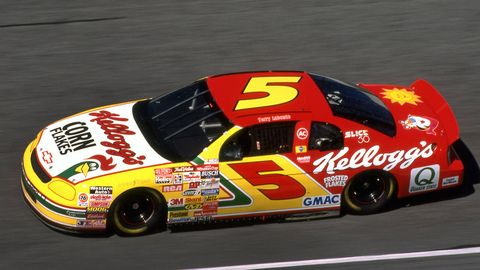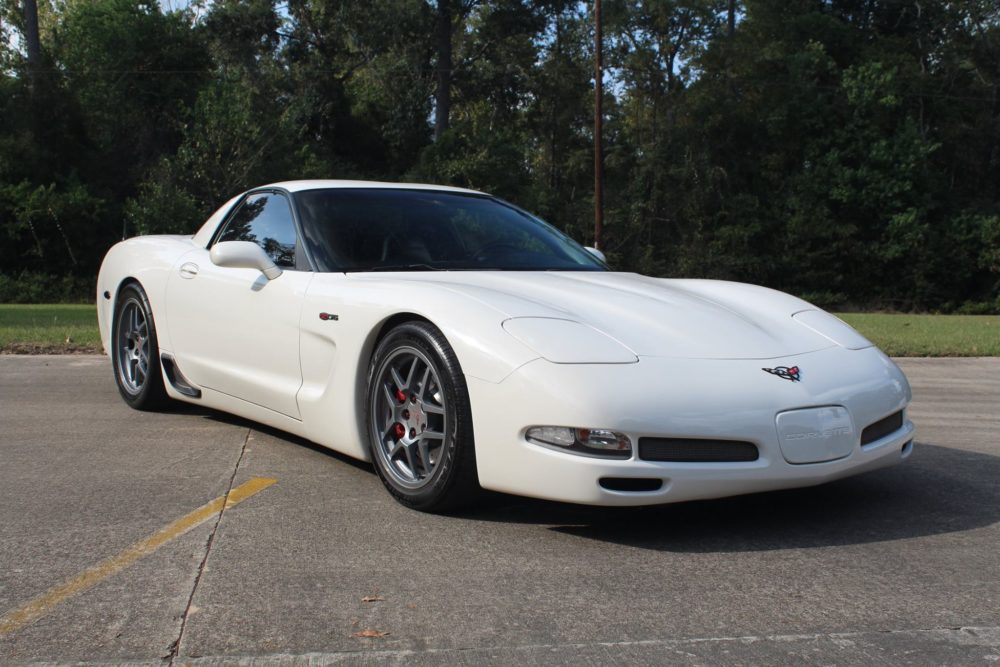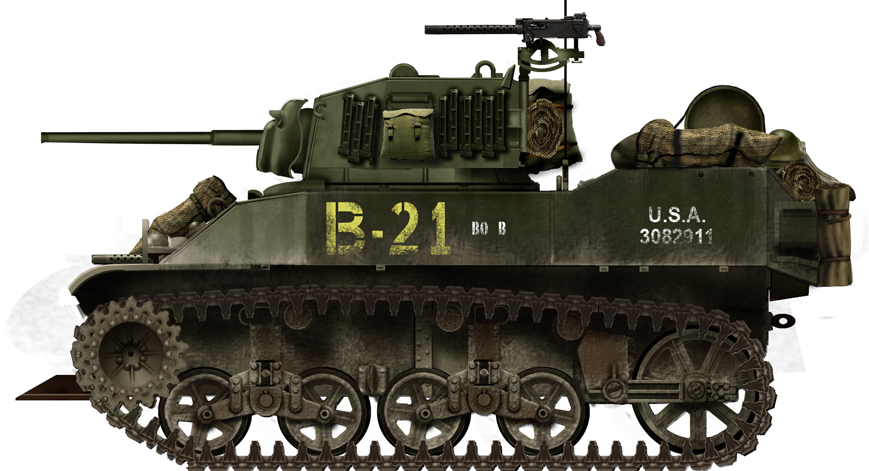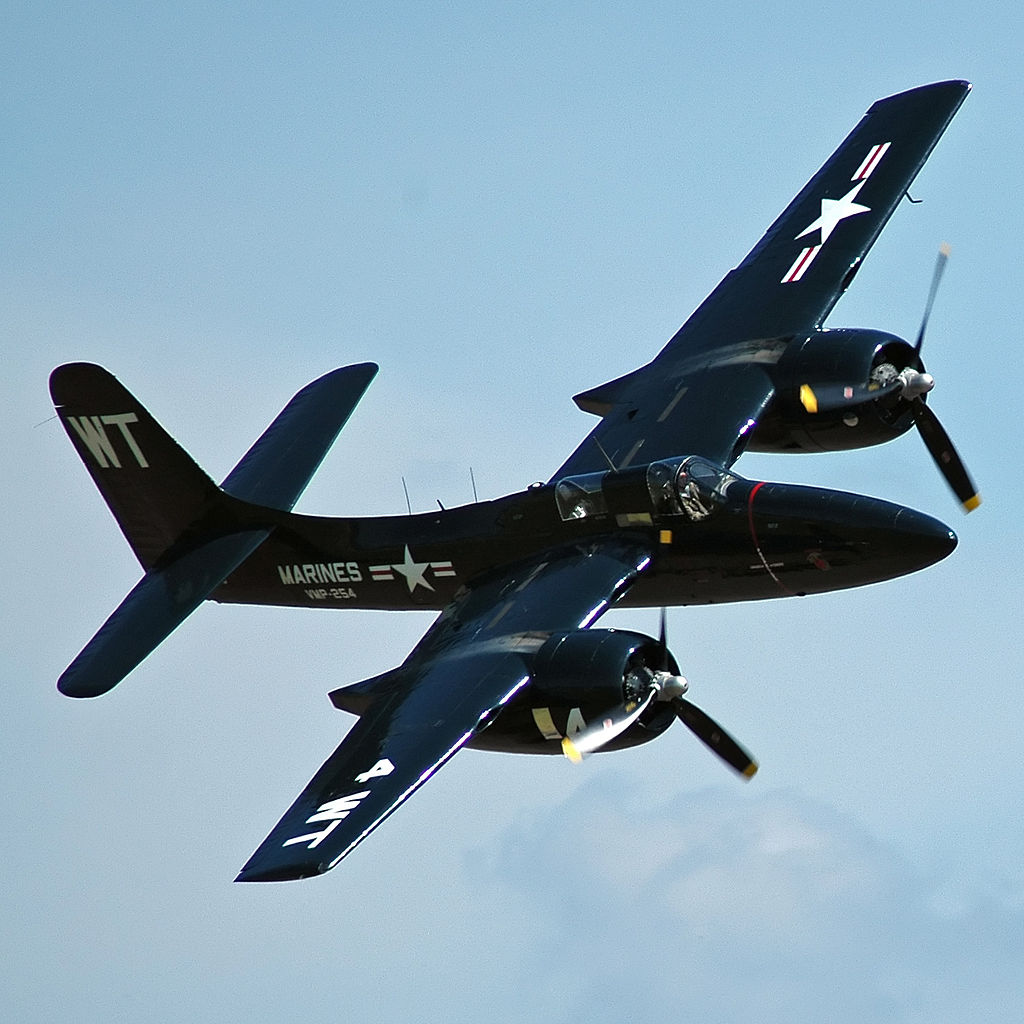Mark Martin


Last edited by a moderator:


_embarking_aircraft_at_Naval_Air_Station_North_Island,_in_June_1940_(80-G-651042).jpg/1280px-USS_Yorktown_(CV-5)_embarking_aircraft_at_Naval_Air_Station_North_Island,_in_June_1940_(80-G-651042).jpg)
Yorktown's insignia. (below)USS Yorktown (CV-5) was an aircraft carrier that served in the United States Navy during World War II. Named after the Battle of Yorktown in 1781, she was commissioned in 1937. Yorktown was the lead ship of the Yorktown class, which was designed on the basis of lessons learned from operations with the converted battlecruisers of the Lexington class and the smaller purpose-built USS Ranger.
Yorktown was at port in Norfolk during the attack on Pearl Harbor, having just completed a patrol of the Atlantic Ocean. She then sailed to San Diego in late December 1941 and was incorporated as the flagship of Task Force 17. Together with the carrier Lexington, she successfully attacked Japanese shipping off the east coast of New Guinea in early March 1942. Her aircraft sank or damaged several warships supporting the invasion of Tulagi in early May. Yorktown rendezvoused with Lexington in the Coral Sea and attempted to stop the invasion of Port Moresby, Papua New Guinea. They sank the light aircraft carrier Shōhō on 7 May during the Battle of the Coral Sea, but did not encounter the main Japanese force of the carriers Shōkaku and Zuikaku until the next day. Aircraft from Lexington and Yorktown badly damaged Shōkaku, but the Japanese aircraft critically damaged Lexington (which was later scuttled), and damaged Yorktown.
Despite the damage suffered, Yorktown was able to return to Hawaii. Although estimates were that the damage would take two weeks to repair, Yorktown put to sea only 48 hours after entering drydock at Pearl Harbor, which meant that she was available for the next confrontation with the Japanese. Yorktown played an important part in the Battle of Midway in early June. Yorktown's aircraft played crucial roles in sinking two Japanese fleet carriers. Yorktown also absorbed both Japanese aerial counterattacks at Midway which otherwise would have been directed at the carriers USS Enterprise and Hornet.
On 4 June, during the Battle of Midway, Japanese aircraft crippled Yorktown. She lost all power and developed a 23-degree list to port. Salvage efforts on Yorktown were encouraging, and she was taken in tow by USS Vireo. In the late afternoon of 6 June, the Japanese submarine I-168 fired a salvo of torpedoes, two of which struck Yorktown, and a third sinking the destroyer USS Hammann, which had been providing auxiliary power to Yorktown. With further salvage efforts deemed hopeless, the remaining repair crews were evacuated from Yorktown, which sank just on the morning of 7 June. The wreck of Yorktown was located in May 1998 by Robert Ballard.
_insignia,_circa_1939_(NH_82614-KN).png/1280px-USS_Yorktown_(CV-5)_insignia,_circa_1939_(NH_82614-KN).png)



https://en.wikipedia.org/wiki/Hawker_TempestThe Hawker Tempest was a British fighter aircraft primarily used by the Royal Air Force (RAF) in the Second World War. The Tempest, originally known as the Typhoon II, was an improved derivative of the Hawker Typhoon, intended to address the Typhoon's unexpected deterioration in performance at high altitude by replacing its wing with a thinner laminar flow design. Since it had diverged considerably from the Typhoon, it was renamed Tempest. The Tempest emerged as one of the most powerful fighters of World War II and was the fastest single-engine propeller-driven aircraft of the war at low altitude.
Upon entering service in 1944, the Tempest was used as a low-level interceptor, particularly against the V-1 flying bomb threat, and as a ground attack platform, in which it supported major events such as Operation Market Garden. Later, it successfully targeted the rail infrastructure in Germany and Luftwaffe aircraft on the ground, as well as countering such attacks by German fighters. The Tempest was effective in the low-level interception role, including against newly developed jet-propelled aircraft such as the Messerschmitt Me 262.

Starting with the Mk V, some Spitfires had their rounded elliptical wingtips "clipped" outboard of the ailerons, and replaced by shorter, squared-off fairings to improve low-altitude performance and enhance the roll rate, one area where the Mk V fell badly behind the rival Fw 190. Although these "clipped-wing" aircraft are popularly known as "L.F." versions due to the fact that they were designated "L.F." (i.e. Spitfire L.F. Mk V), the "L" actually refers to the different versions of the Rolls-Royce Merlin engines used, which were optimized for low-altitude performance with "cropped" supercharger impellers (Merlin 45M, 50M or 55M). While many "L.F" Spitfires were given "clipped" wings to accompany the new engine variants, a number still retained the original wingtips.

https://warbirdsnews.com/warbird-restorations/shuttleworth-spitfire-mk-v-ar501-first-public-outing.htmlWhile we are a little late out of the gate on this one, we received a wonderful series of photographs by contributor Mark Rutley of the Shuttleworth Collection’s magnificent and recently restored Supermarine Spitfire Mk.V AR501 on her first public outing at the museum’s home base in Biggleswade, England. As Mark related…
“Instead of going to the Royal Wedding, I went to Shuttleworth Evening Airshow… One of the highlights was the first public flying display by the Shuttleworth Collection’s Spitfire AR501 at the Evening Air Show, May 19th, 2018 following a total restoration. This Spitfire is very original, unlike most airworthy examples. She saw active service during World War Two, and wears the livery of RAF 310 (Czech) Squadron, with whom she saw front-line service during 1942-1943. This Spitfire has her original clipped wings, which improved the roll rate over the standard elliptical style that people are perhaps more familiar with. Shuttleworth’s full-time engineering team, coupled with the collection’s skilled volunteers, spent ten years on the restoration, taking the aircraft down to its smallest components, and refurbishing her from the ground up. While most of the aircraft is wholly original, she now sports a new propeller and spinner. AR501’s Rolls-Royce Merlin engine was also overhauled in-house.”





https://en.wikipedia.org/wiki/Grumman_F7F_TigercatThe Grumman F7F Tigercat is a heavy fighter aircraft that served with the United States Navy (USN) and United States Marine Corps (USMC) from late in World War II until 1954. It was the first twin-engine fighter to be deployed by the USN. While the Tigercat was delivered too late to see combat in World War II, it saw action as a night fighter and attack aircraft during the Korean War.
Designed initially for service on Midway-class aircraft carriers, early production F7Fs were land-based variants. The type was too large to operate from older and smaller carriers, and only a late variant (F7F-4N) was certified for carrier service.
